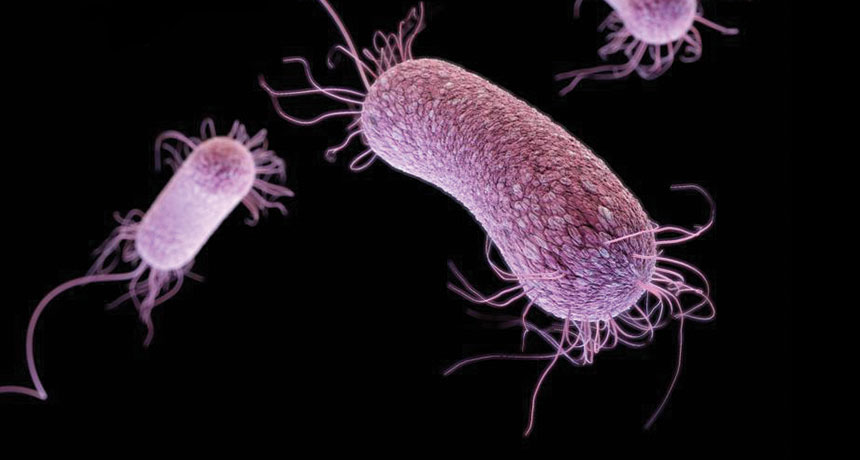
PLAYING DEFENSE Random shifts in behavior could help disease-causing microbes like the bacterium Pseudomonas aeruginosa, pictured above, evolve antibiotic-resistance, a new study suggests.
James Archer/CDC

PLAYING DEFENSE Random shifts in behavior could help disease-causing microbes like the bacterium Pseudomonas aeruginosa, pictured above, evolve antibiotic-resistance, a new study suggests.
James Archer/CDC